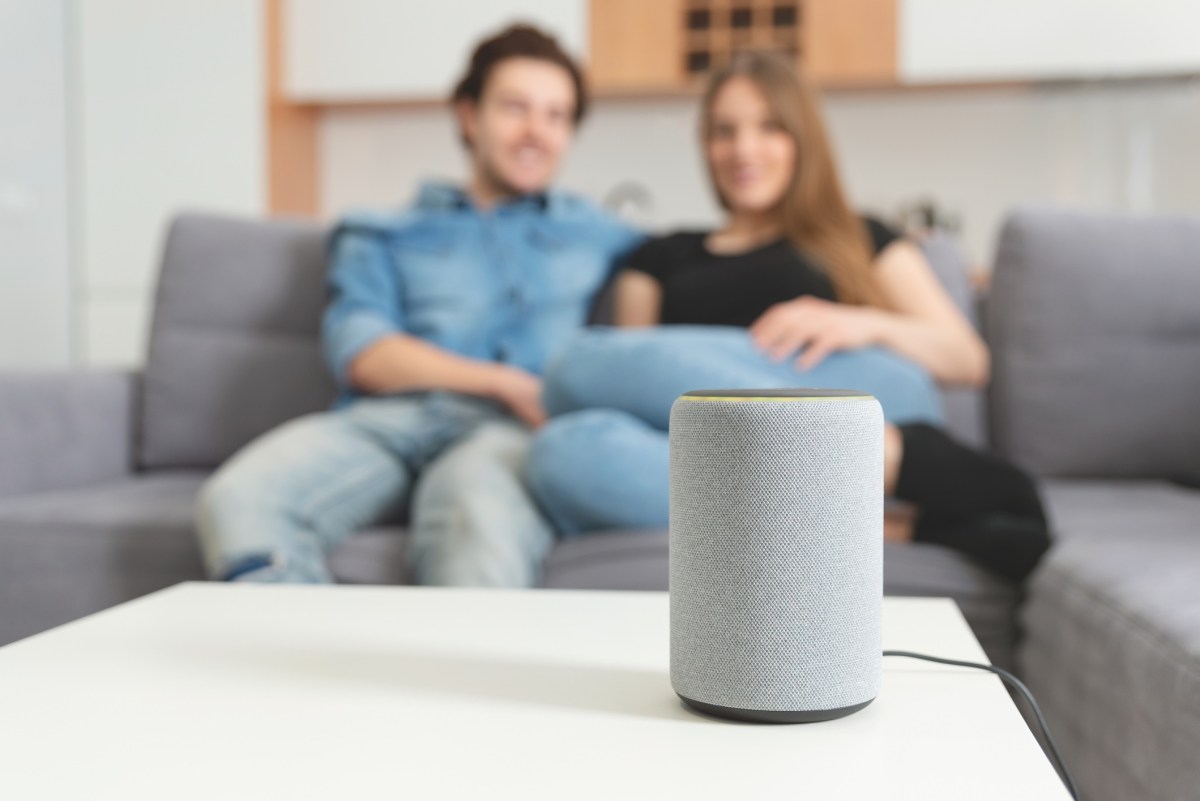Virtual assistants are already playing a critical role in running our lives. Whether it is asking Alexa to play your favourite song, shut the lights or purchase a fresh supply of groceries, virtual assistants make life a lot easier and blur the lines between human and technology. As we have been forced indoors and our reliance on technology increases virtual assistants are becoming increasingly useful and increasingly popular.
Early efforts to implement voice assistants were awkward, simplistic, and impractical. But the monotone, robotic interfaces of the past are gone. In their place are lively, helpful personal assistants, in some cases with the ability to listen, understand, and respond intelligently in real time.
So intelligent that Amazon Alexa users in the U.S. can use the voice assistant as a first step towards diagnosing cases of coronavirus. Queries such as “Alexa, what do I do if I think I have coronavirus?” or “Alexa, what do I do if I think I have COVID-19?” will prompt the voice assistant to ask about your symptoms, travel history, and possible exposure to the virus. It will then offer advice based on data from official Centers for Disease Control and Prevention information.
On a global context it is projected that digital voice assistants will triple to 8 billion by 2023, propelled by the use of voice technology in smart TVs, wearables, and smart speakers. Along with this, it is also predicted that voice commerce will involve mostly digital purchases until digital assistants offer truly seamless cross-platform experiences across computers, tablets and smartphones.
The commercial potential of voice is being realised by the range of devices that can be accessed with voice user interfaces (VUIs)—game consoles, TVs, cars, smart watches, cable and satellite TV providers, even refrigerators. Apple’s Siri, Google Assistant, Microsoft’s Cortana, and Samsung’s Bixby are all aggressively seeking to expand their multiplatform capabilities.
Though voice recognition technology is proving effective in a wide range of practical applications, its shopping potential remains largely unfulfilled to date.
A 2019 Forrester Research study found voice assistants to have a high rate of failure when it came to specific commerce questions. Amazon’s Alexa, Apple’s Siri, Google Assistant, and Microsoft’s Cortana combined to only provide what were deemed useful answers to 35% of voice searches.
The best shopping experiences have a strong visual component that enables casual discovery.
The first generation of voice-enabled devices tended to be audio-only, making browsing impractical. That’s changing as screens are added to voice assistants, like Amazon’s Echo Show, Google’s Nest Home Hub, and Lenovo’s Smart Display.
There is no doubt that this type of shopping platform will do well in Australia. According to the Worldpay for FIS Global Payments Report, Australia has one of the highest smartphone penetrations in the world. With mobile use projected at 84% of the population and internet penetration at 90%. Australia is an early adopter and leading in eCommerce with digital and mobile wallet use growing.
The security of voice commerce is another roadblock here and a paramount concern to shoppers. A recent Amazon Pay consumer survey found almost half of respondents indicating the safety of their personal and financial information were their most pressing concerns.
The opportunity of voice connected commerce will rise as further friction is removed. Brands are constantly innovating to reduce friction. They’re also working tirelessly to integrate more meaningful, intimate relationships with consumers. And, given the intimacy of voice—we can expect it to continue as a powerful tool in closing the distance between desire and purchasing fulfillment.
Phil Pomford is general manager for global eCommerce for APAC at Worldpay Merchant Solutions, FIS

